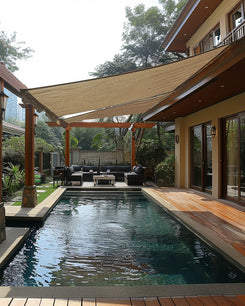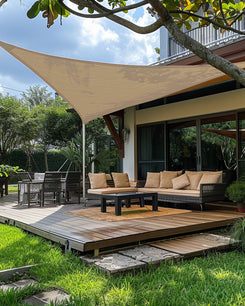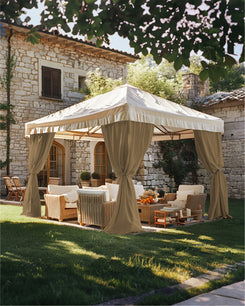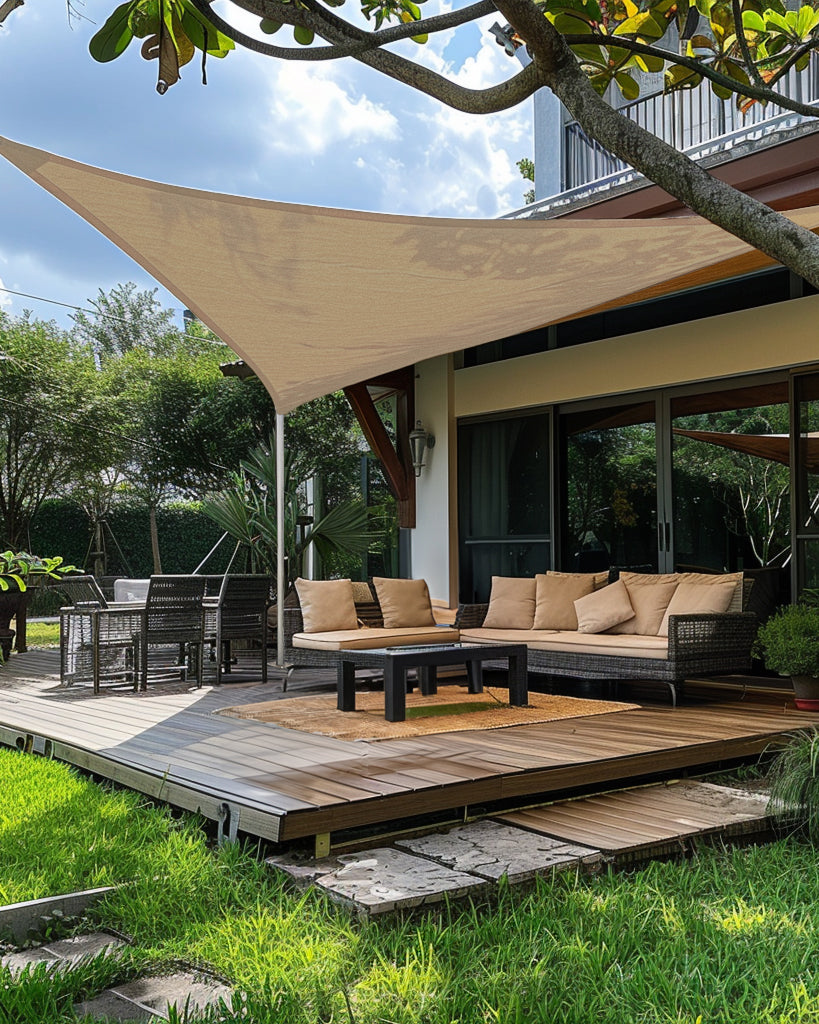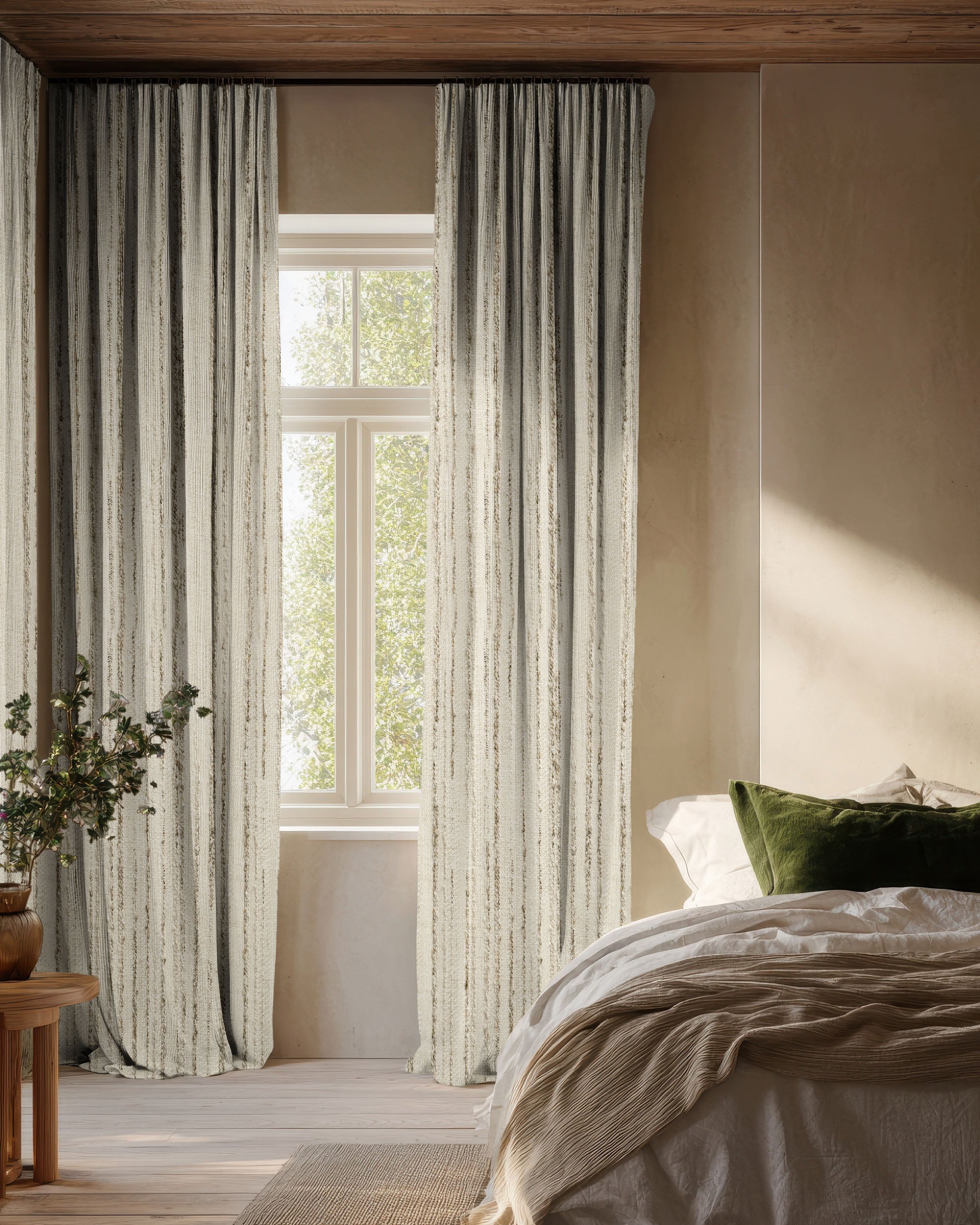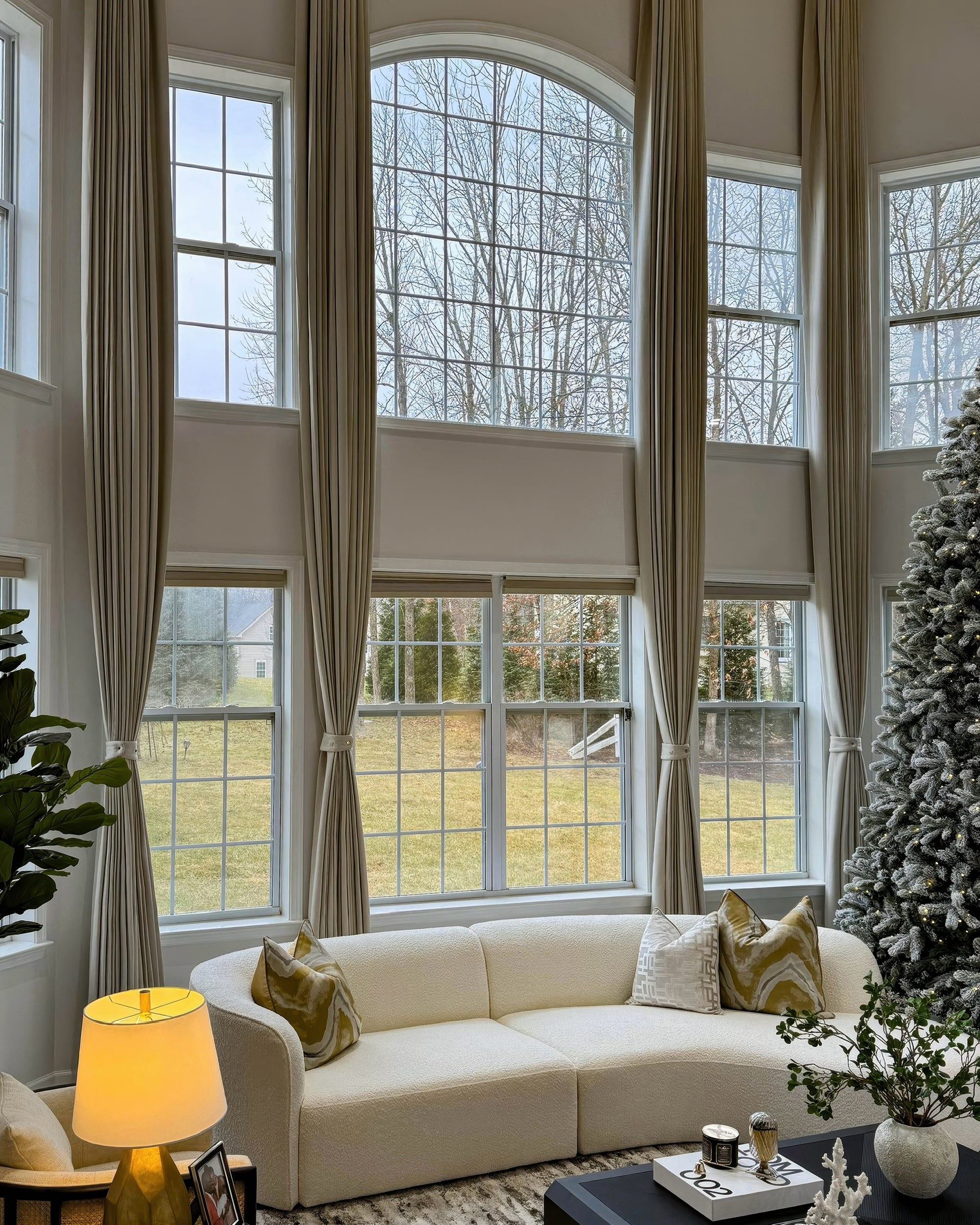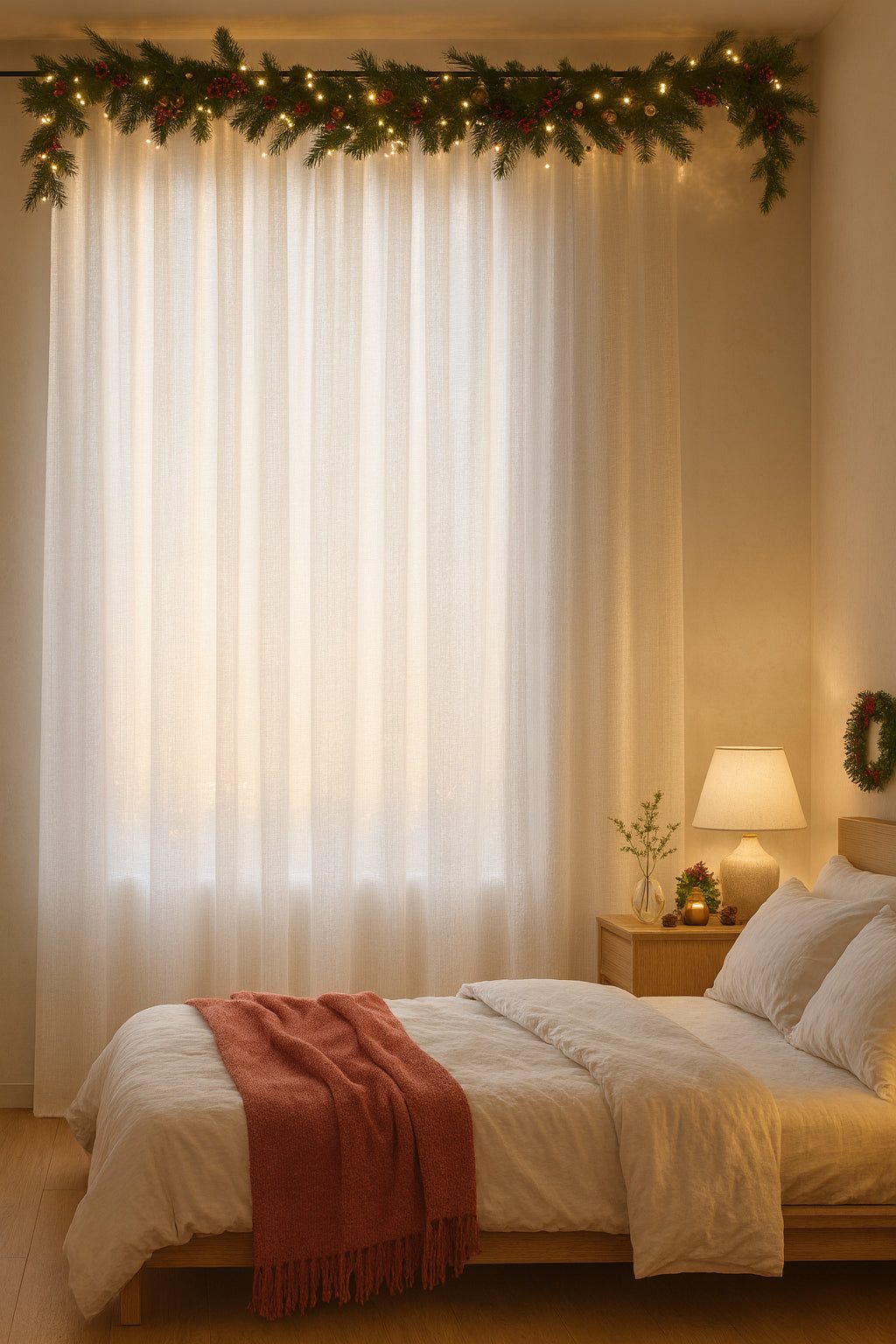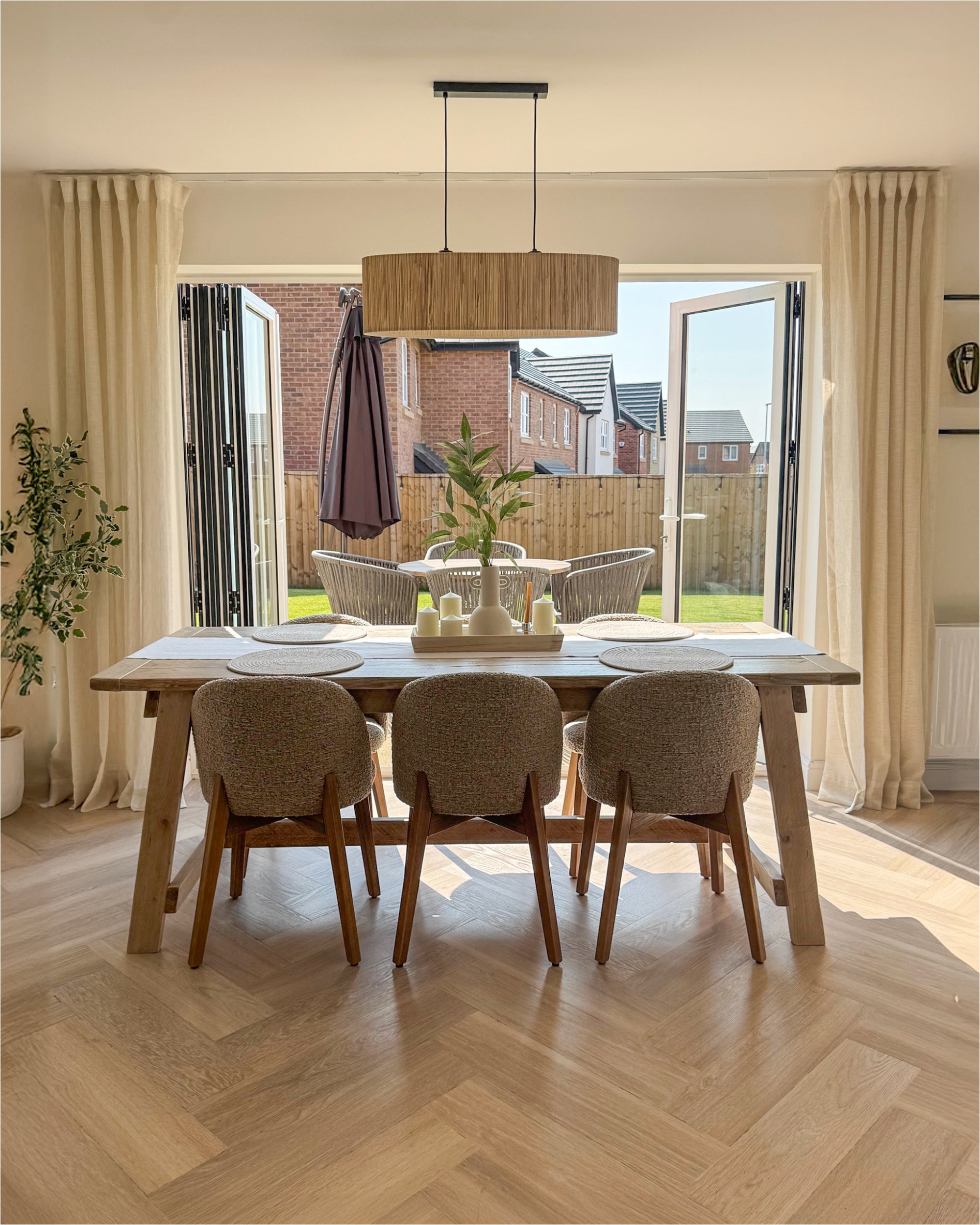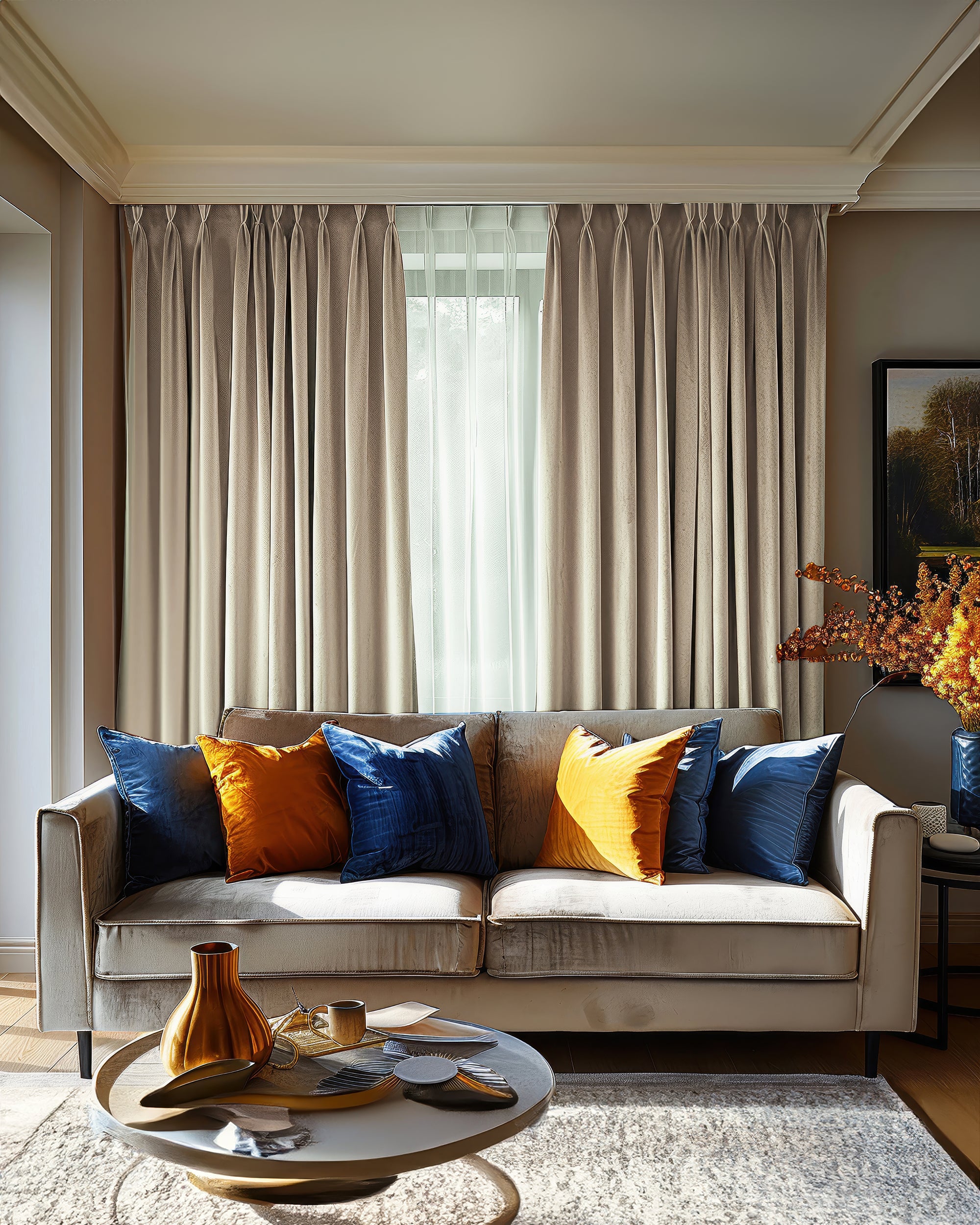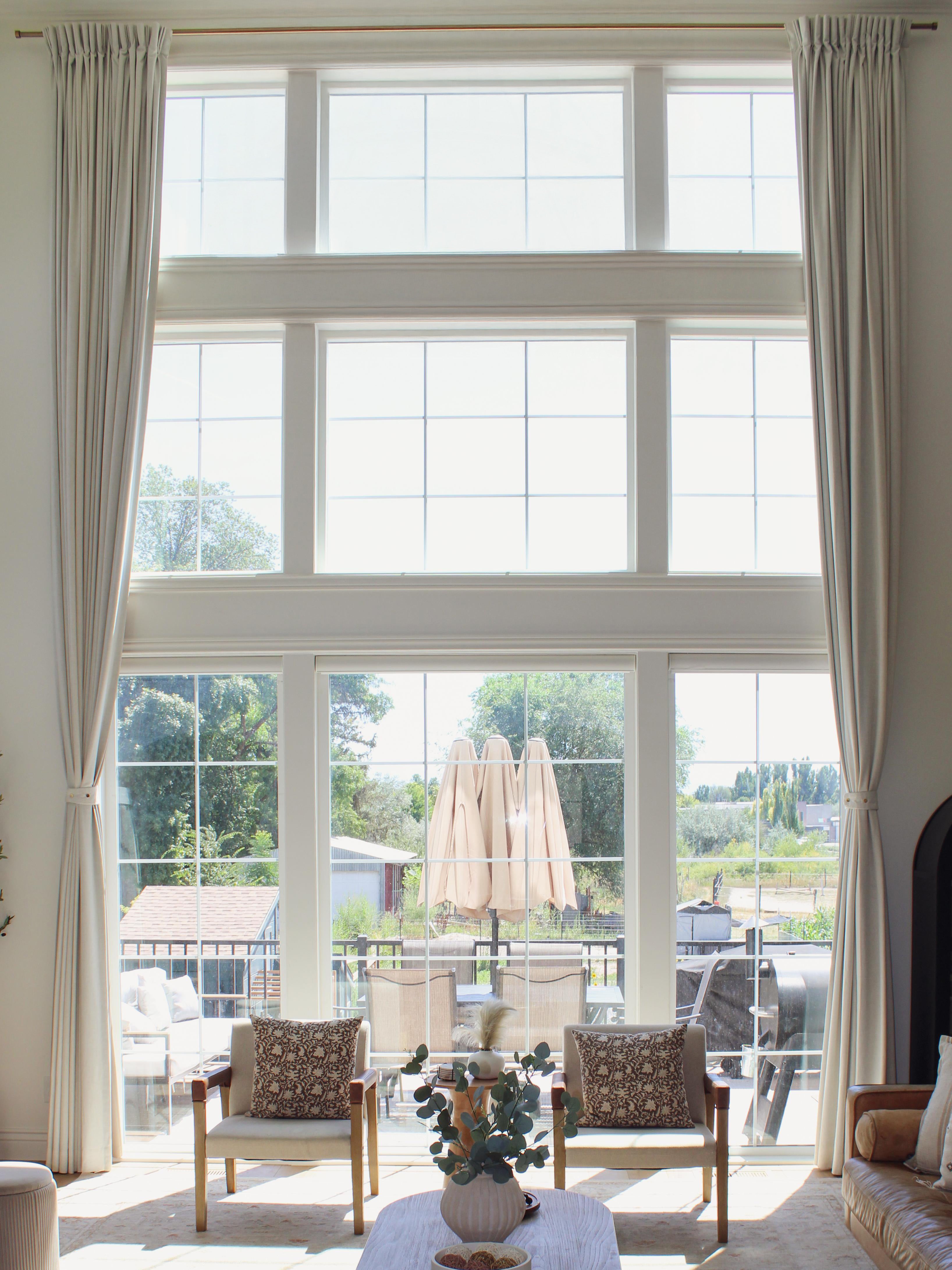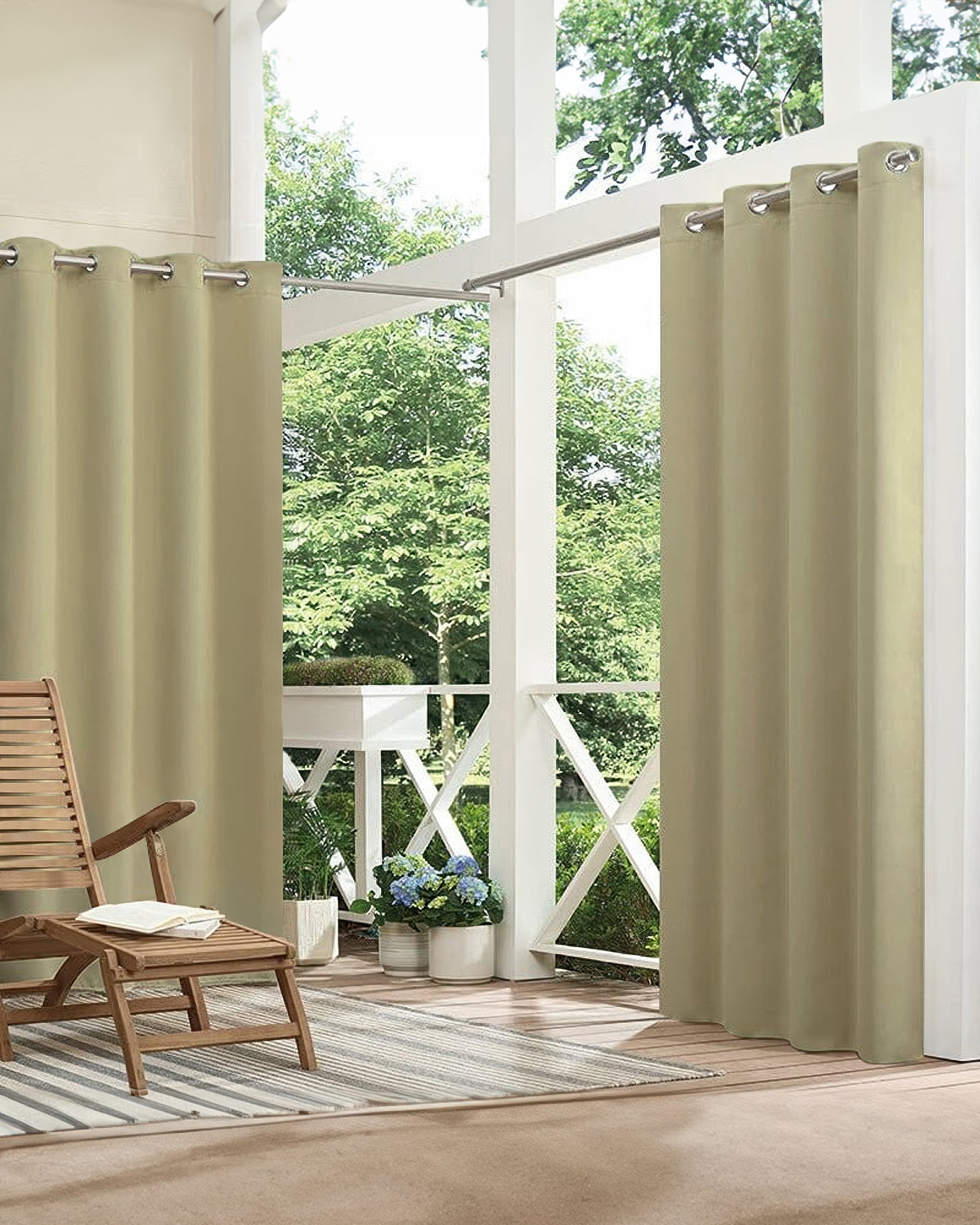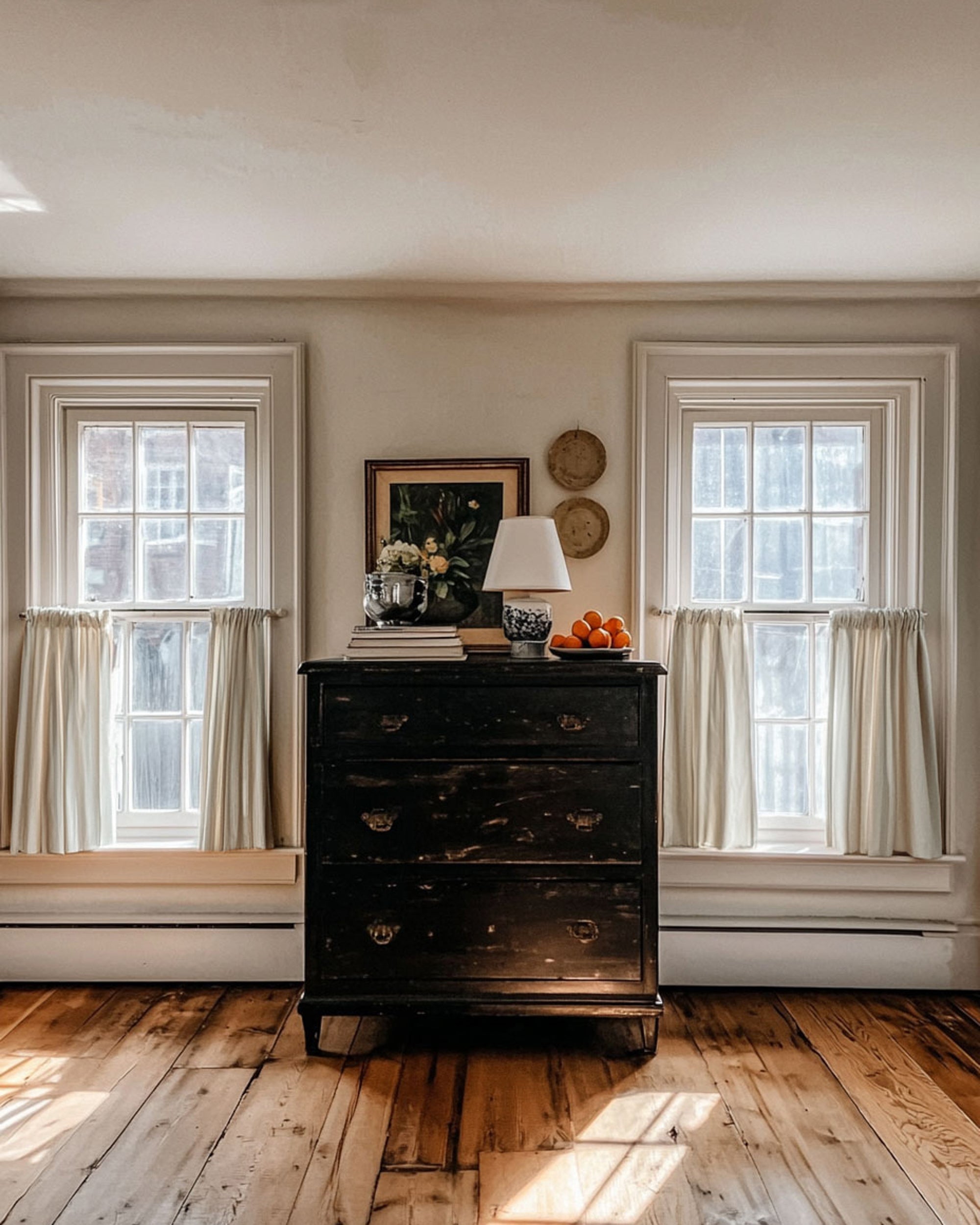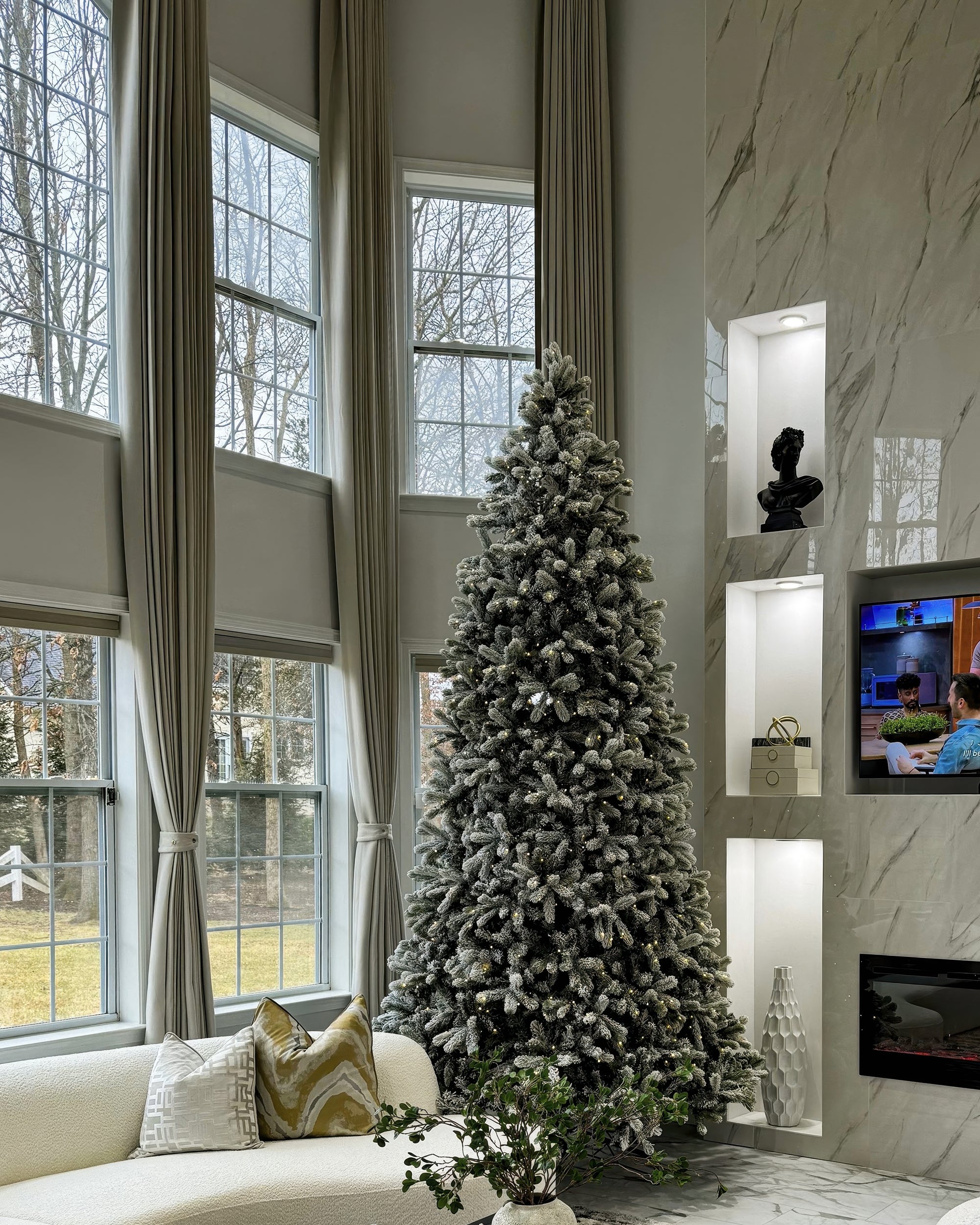Summer means sun—and lots of it. That’s where a shade sail comes in. Clean lines, modern feel, and real relief from the heat. But once it’s up, many wonder: can it just stay there for the entire season? It sounds simple. But the answer? Not always.
Not All Shade Sails Are Built for the Long Haul
Some shade sails are rugged. Others look the part but give out before August hits. The difference usually comes down to material, stitching, and how it's tensioned.
Our premium waterproof shade sail have been designed not just for sun, but for rain and year-round use. Reinforced seams, water-resistant coatings, and UV-stabilized fabric all make a difference when you want more than just seasonal shade.

Still, even the toughest ones won’t survive if they’re flapping in strong winds or hung with weak hardware.
Weather Doesn’t Always Cooperate
Let’s be honest—summer isn’t all calm skies. In some areas, wind picks up out of nowhere. A poorly secured shade sail can stretch, tear, or pull out its anchors completely.
Even if it holds, movement over time causes wear. The fabric rubs, threads loosen. Suddenly, it’s not shading much of anything.
So, Is It Safe to Leave a Shade Sail Up?
It can be. A well-installed shade sail, made from quality materials, should handle several months of sun. If you're unsure about setup, this guide on how to hang a shade sail walks through key steps to get it right from the start.
Other than that, If your region sees frequent storms or high winds, it’s worth keeping an eye out. Sometimes, taking it down ahead of bad weather saves you more than just repair costs.
Maintenance Makes a Difference
Leaving something outdoors all season doesn’t mean forgetting about it. A shade sail still needs occasional care. That means rinsing off pollen or dust, checking tension points, and inspecting for small tears.
No heavy scrubbing. Just gentle maintenance every few weeks helps extend its life—and keeps it looking good.
Permanent vs. Temporary Installations
Some setups are clearly built to last: galvanized posts, proper footings, marine-grade fixtures. Others use hooks or ropes that are fine short-term, but not ideal long-term.
If you’re planning to leave your shade sail up all summer, consider semi-permanent hardware. It doesn’t have to be industrial—but it should be solid.

Humidity, Mold, and What You Might Miss
Hot and damp? That’s a different challenge. In humid regions, trapped moisture can lead to mildew, especially if the sail sags or air can’t move freely underneath.
That’s why tension matters—not just for stability, but to let air and water flow. A taut sail is cleaner, cooler, and less likely to develop problems you can’t see at first glance.
Final Thought: Shade Is Great, But Check the Forecast
It’s tempting to set and forget. And in many cases, that’s fine. A good shade sail, installed correctly, should handle what summer throws at it.
Many options on the market today have been designed not just for sun, but for rain and year-round use. Reinforced seams, water-resistant coatings, and UV-stabilized fabric all make a difference when you want more than just seasonal shade.
Still, staying one step ahead—watching the weather, tightening a corner here and there—can make all the difference between a smooth season and a costly mistake.




